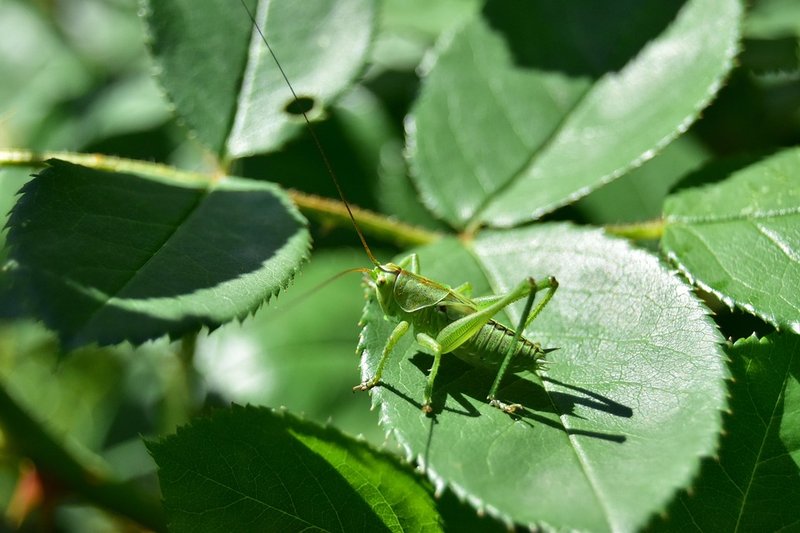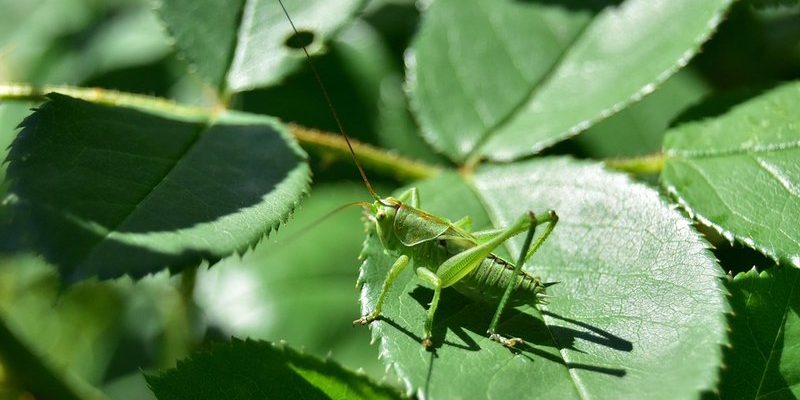
Here’s the thing: while grasshoppers have the reputation of being harmless, understanding the nuances of their potential dangers is key. Like many aspects of nature, there are layers to explore. So, grab a cup of coffee, and let’s jump into this together!
The Basics: What Are Grasshoppers?
Grasshoppers are insects from the order Orthoptera, which also includes crickets and katydids. They’re typically found in warm climates and are known for their long hind legs that enable them to jump impressive distances. You might have noticed them in your backyard or even in tall grasses while hiking. Common species include the *Melanoplus* and *Chorthippus* varieties.
These insects are generally herbivores, munching on grass and other vegetation. In fact, in some cultures, they’re even enjoyed as a snack! Educing their role in the ecosystem is crucial; they serve as food for birds and larger insects. This means they play a significant part in the food chain, contributing to the balance of our environment.
Are Grasshoppers Risky to Humans?
Honestly, grasshoppers are mostly harmless to humans. They do not bite or sting, which may be a surprise to some folks. You might picture a grasshopper making a daring leap onto your picnic blanket, but it’s unlikely to cause any pain. In rare cases, some people could experience allergic reactions to grasshoppers or their droppings, but this is pretty uncommon.
However, keep in mind that just because grasshoppers aren’t dangerous doesn’t mean we should ignore potential issues. While it’s not common, grasshoppers can occasionally carry parasites or pathogens that might affect our health. But let’s be clear: the chance of getting sick from a casual encounter with a grasshopper is very slim.
Grasshopper Allergies: What You Need to Know
So, what about those rare allergy cases? If you have a sensitivity to insects or certain proteins, there might be a risk. Symptoms can include skin rashes, wheezing, or digestive issues. The most common way someone might encounter an allergic reaction is through handling or consuming them—ever heard of chocolate-covered grasshoppers?
If you’re allergic, it’s essential to avoid contact. If you experience any unusual reactions, don’t hesitate to consult a medical professional. They can confirm whether grasshoppers or any other allergens are causing the problem.
Do Grasshoppers Carry Diseases?
Here’s a common question: do grasshoppers carry diseases? Generally, grasshoppers are not associated with transmitting diseases to humans like some other insects, such as mosquito or ticks. While grasshoppers can harbor bacteria or parasites that might affect other animals, they don’t typically pose a direct health threat to us.
However, if there’s a larger infestation, they can cause agricultural damage. In some cases, this could lead to the use of pesticides that might indirectly affect human health. So, while the grasshopper itself isn’t harmful, the environment around them often requires attention and caution.
Grasshoppers in Agriculture: A Double-Edged Sword
Interestingly, while grasshoppers are typically harmless, they can wreak havoc in farming environments. An increase in grasshopper populations can lead to significant crop damage. This can impact food supply, which is an important concern for farmers and communities alike.
Farmers often use various methods to control grasshopper populations, including natural predators like birds, as well as organic pesticides. It’s important for agriculture to strike a balance—managing grasshopper populations without negatively impacting the ecosystem. Therefore, while grasshoppers are not inherently dangerous, their presence can lead to challenges in agricultural settings.
How to Coexist with Grasshoppers
If you’re concerned about grasshoppers around your home or in your garden, there are simple steps you can take to coexist peacefully.
- Keep your garden tidy: Remove any dead plants or debris that might attract grasshoppers.
- Plant diverse crops: This can confuse grasshoppers and make it harder for them to find food.
- Encourage natural predators: Birds and small mammals can help keep grasshopper numbers in check.
By understanding their behavior and ecology, you can effectively manage grasshoppers without resorting to harmful chemicals.
Final Thoughts: Enjoying Nature Wisely
In summary, grasshoppers are not dangerous to humans in the way many other insects can be. They’re a fascinating part of our ecosystem, adding to the rich tapestry of life around us. While it’s wise to be mindful of allergies and potential agricultural impacts, direct threats from grasshoppers themselves are not a typical concern.
Next time you spot a grasshopper hopping along your path, take a moment to appreciate it. These little creatures are part of what makes nature so vibrant and interesting. Embrace the outdoors, knowing that you can enjoy the company of grasshoppers without fear!

